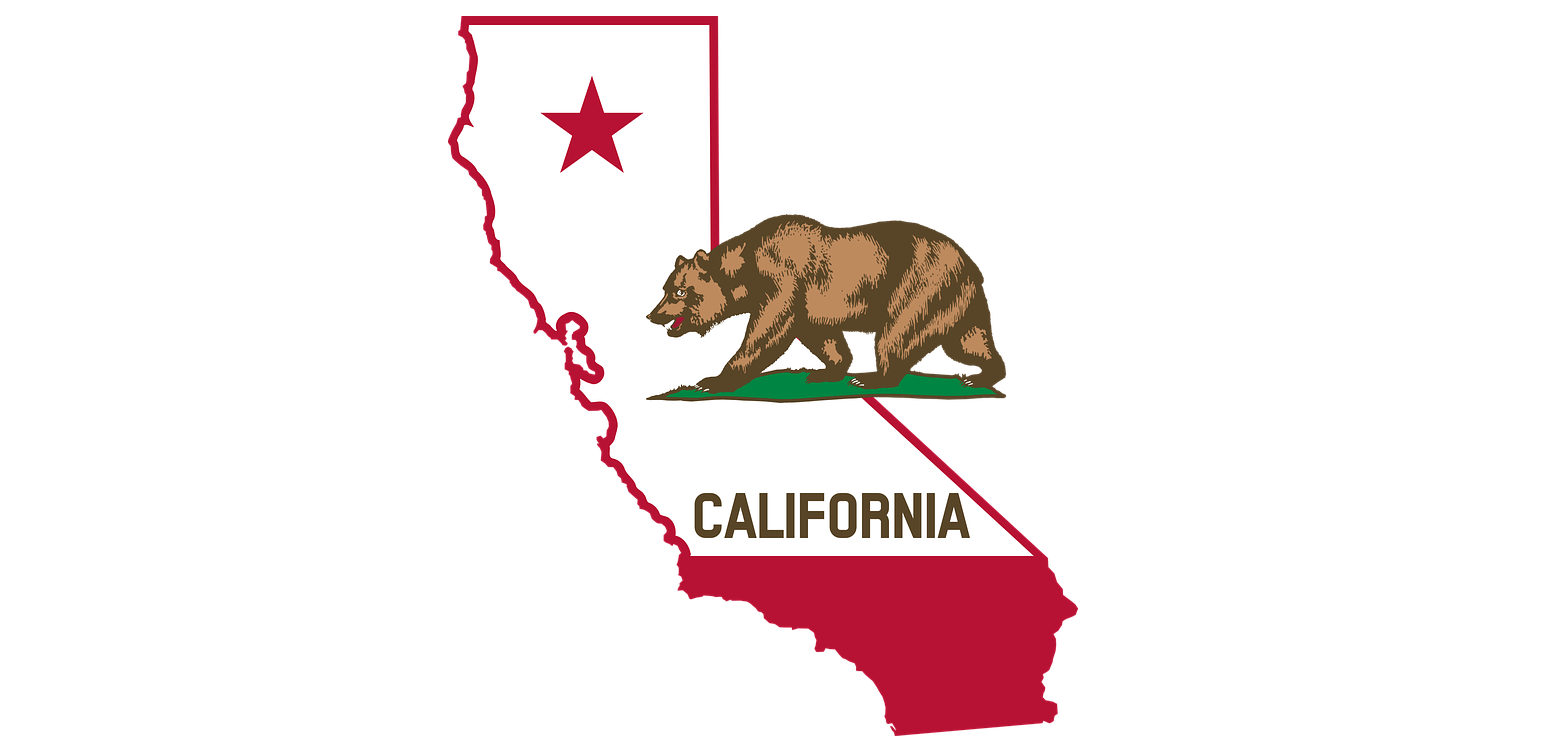As major insurance companies have pulled-back on underwriting property insurance in California, the local government has announced plans to enable insurers to better cover their loss costs and expenses within their pricing.
 Unlike public utilities, which are required by law to cover all consumers, insurance companies will not write insurance, especially in high-risk areas, unless they are able to ensure they are able to cover their costs of losses, expenses, cost-of-capital and deliver a margin.
Unlike public utilities, which are required by law to cover all consumers, insurance companies will not write insurance, especially in high-risk areas, unless they are able to ensure they are able to cover their costs of losses, expenses, cost-of-capital and deliver a margin.
In California that had become untenable, which led re/insurers to pull-back on underwriting property in the state, or in some cases, exit the state entirely.
These actions follow multiple years of major wildfires and winter storms, and one of the key drivers for this was that insurers felt unable to cover their costs of operating in the state.
The California legislative appeared to have ignored the issues that are making writing wildfire-exposed property more challenging in the state.
This year, State Farm announced its exit from the California property insurance market, and Farmers Insurance it is limiting its coverage in the state. They both cited similar reasons for this, such as exposure growth, rising catastrophe risks and reinsurance market challenges. As well as severe weather loss events, inflation and soaring reconstruction cost values.
Allstate had been one of the first to pause underwriting new homeowners, apartment and commercial property insurance in California in late 2022, followed by AIG and Chubb which both reportedly pulled-back on high-value property risks in the state.
Now, in order to avoid a developing insurance crisis in California, Insurance Commissioner Ricardo Lara announced a package of executive actions “aimed at improving insurance choices and protecting people in the state from increasing climate threats, while also addressing the long-term sustainability of the nation’s largest insurance market.”
The Sustainable Insurance Strategy is meant to help insurers to operate more sustainably in California, including the risks of wildfire more completely within their underwriting pricing, while also factoring in California specific reinsurance costs into their rates, among other key elements.
California Governor Gavin Newsom has also issued an executive order urging prompt regulatory action in support of Commissioner Lara’s actions.
According to the announcement, this insurance reform is set to be the largest since California voters’ passage of Proposition 103 nearly 35 years ago.
Commissioner Lara said: “We are at a major crossroads on insurance after multiple years of wildfires and storms intensified by the threat of climate change. I am taking immediate action to implement lasting changes that will make Californians safer through a stronger, sustainable insurance market.
“The current system is not working for all Californians, and we must change course. I will continue to partner with all those who want to work toward real solutions.”
Governor Newsom added: “This is yet another example of how climate change is directly threatening our communities and livelihoods. It is critical that California’s insurance market works to protect homes and businesses in every corner of our state.
“A balanced approach that will help maintain fair prices and protections for Californians is essential. I look forward to continuing to work with Commissioner Lara and others to strengthen our marketplace and protect Californians.”
Insurance companies pulling-back from the state has pushed more people to the FAIR Plan, which is intended as California’s insurer of last resort but has become the only option in some areas.
Key elements of the proposal include plans to encourage policyholders to transition back to the private insurance market and out of the FAIR Plan.
It calls for insurance companies to cover all parts of California, by writing no less than 85% of their statewide market share in high wildfire risk communities, meaning that if a company writes 20 out of 100 homes statewide, it must write 17 out of 100 homes in a distressed area.
The plan also includes accelerating the Department’s introduction of new rules for the review of climate catastrophe models that recognize the benefits of wildfire safety and mitigation actions at the state, local, and parcel levels.
As well as directing the FAIR Plan to further expand commercial coverage to $20m per building to close insurance gaps for homeowners associations and condominium developments to help meet the state’s housing goals and to provide required coverage to other large businesses in the state.
The other key one for the industry is that the state will hold public meetings to explore incorporating California-only reinsurance costs into rate filings, which would allow insurers to factor in the cost of reinsurance into their offering.
The new legislation will also aim to improve the rate filing procedure and timelines, by enforcing the requirement for insurance companies to submit a complete rate filing.
The challenge for insurers is that premiums have been held unsustainably low and California’s reality is that wildfire costs have not been priced in actuarially, meaning that without change the state would face a steady decline in its insurability and would have to shift more risk onto taxpayers.


